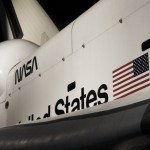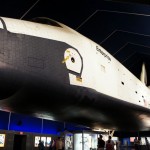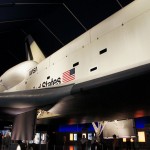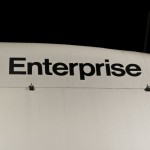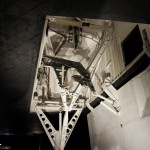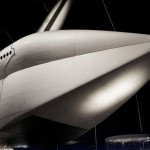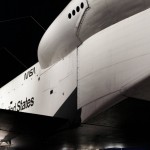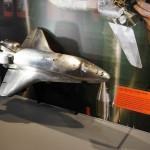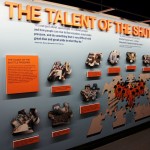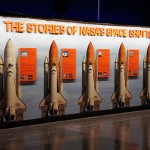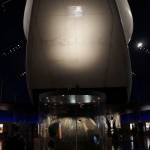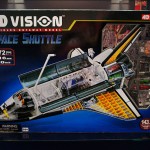Following from Hubble’s story in part two, the year is 1995 and in June of that year space shuttle Atlantis lifts off. It’s mission: to dock with MIR, the Russian space station that by some is seen as the predecessor to the International Space Station. This event led to what was at the time the largest spacecraft ever in orbit, with a total mass of almost 225 tons (around half a million pounds). The following five days saw joint U.S.-Russian operations including biomedical investigations, and transfer of equipment to and from Mir. The lessons learned from this and the following 10 orbiter flights to MIR would later pave the way for the ISS, a station operated by multiple partners.
In October of 1998 John Glenn, America’s first orbiting astronaut (in 1962) made history again by going up with the shuttle Discovery. This made him not only the oldest person to fly in space by serving as a payload specialist at the age of 77, but he also became the only person ever to have flown in both the Mercury and Shuttle programmes. The nine-day mission supported a variety of research, with Glenn spending most of his time in space participating in investigations on the aging process. As the effects of spaceflight on the human body show parallels to the natural changes that take place as a person ages, Glenn’s experiments were designed to test how his body responded to the microgravity environment.
The new millenium unfortunately saw another dark year for space flight. In January of 2003, space shuttle Columbia lifted off on a 17-day science mission featuring numerous microgravity experiments. Upon reentry however, Columbia suffered from a catastrophic failure due to a breach that occured during launch. As it turned out, falling foam from the external tank struck the reinforced carbon panels on the underside of the left wing due to which the heat shielding was compromised, and hot gases encountered on re-entry penetrated the hole and tore Columbia apart. The orbiter including its seven crewmembers were lost approximately 15 minutes before Columbia was scheduled to touch down at Kennedy Space Center. The loss underlined once again the vulnerabilities of the space shuttle. Again the fleet got grounded, and this time it led to President George W Bush announcing in January of 2004 that “In 2010, the space shuttle, after nearly 30 years of duty, will be retired from service.”
Stay tuned for the history of the programme’s retirement. Until next time!


